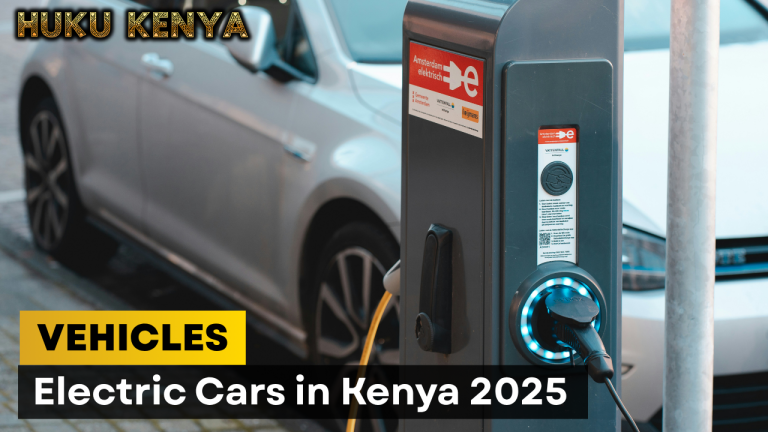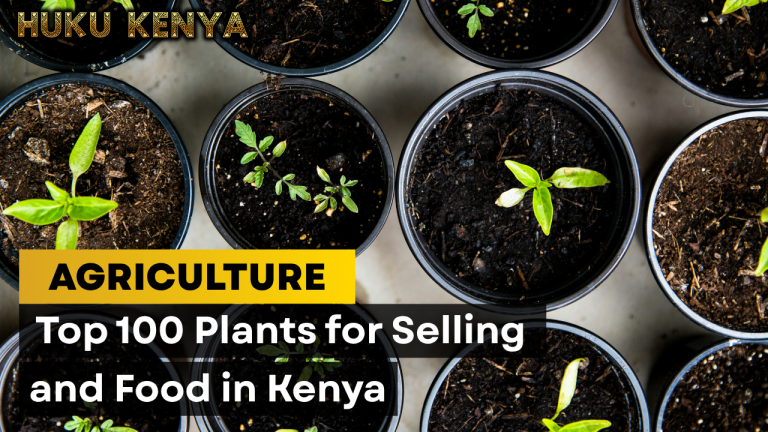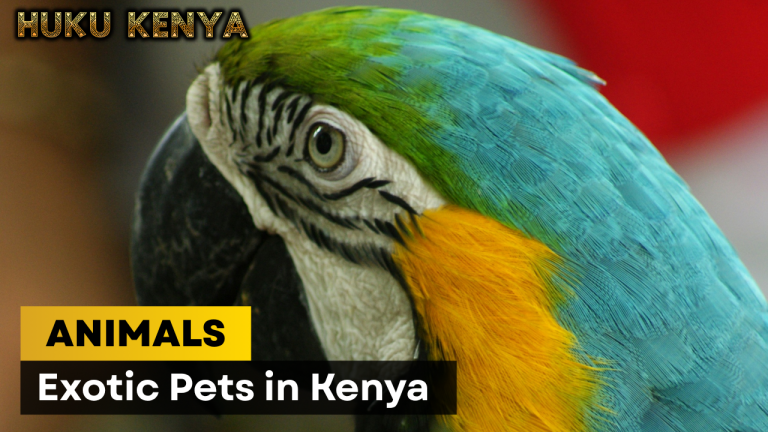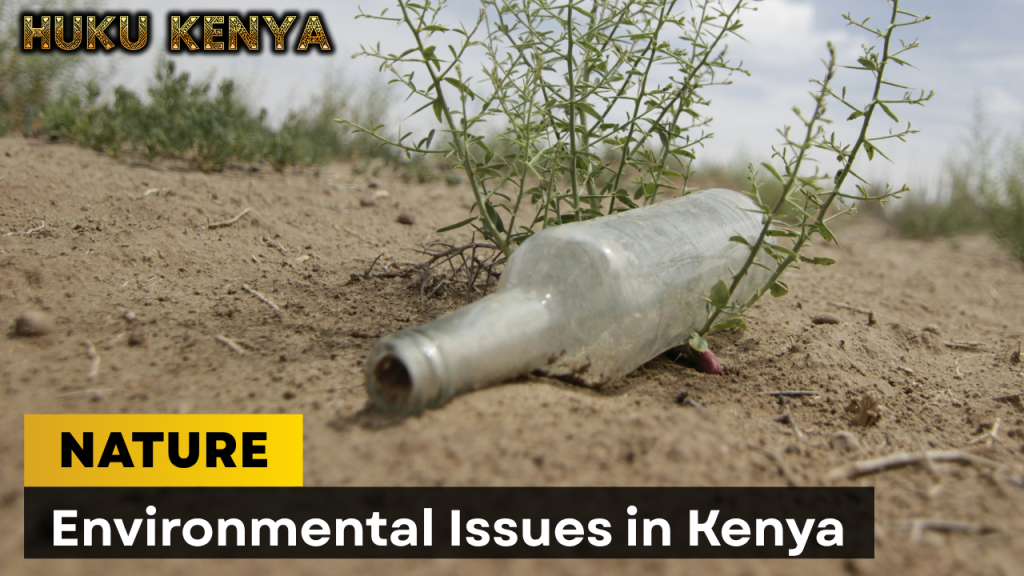
Navigating the Challenges of Climate Change, Pollution, and Conservation Efforts
Kenya, a country renowned for its breathtaking landscapes and rich biodiversity, faces significant environmental challenges that threaten its natural heritage and the livelihoods of its people. From the iconic savannahs of the Maasai Mara to the lush forests of the Aberdares, Kenya’s diverse ecosystems are not only sources of beauty but also critical to the survival of millions. This article delves into pressing environmental issues such as climate change, pollution, and conservation efforts, while highlighting local stories and the resilience of communities striving to protect their environment.
Climate Change: A Looming Threat
Understanding the Impact
Climate change is arguably one of the most daunting challenges Kenya faces today. With its heavy reliance on rain-fed agriculture and natural resources, the country is particularly vulnerable to the impacts of climate change. Rising temperatures, erratic rainfall patterns, and an increased frequency of extreme weather events are altering ecosystems and disrupting the livelihoods of communities that depend on them.
A local farmer from the Rift Valley expressed the gravity of the situation, saying, “The rains are no longer predictable. We plant our seeds with hope, but often they wither in the sun.” This feeling of uncertainty resonates with many farmers, who face the risk of crop failure and food insecurity.
Effects on Agriculture
Agriculture is the backbone of Kenya’s economy, employing over 75% of the rural population. However, climate change poses a significant threat to this sector. The country’s dependence on rain-fed agriculture makes it particularly susceptible to droughts and floods. The Kenyan government has reported that fluctuating weather patterns have led to decreased yields for staple crops, threatening food security.
In recent years, droughts have become more frequent and severe. A farmer from the semi-arid region of Turkana lamented, “Last year, my maize crop failed due to drought. We had nothing to eat, and our livestock suffered too.” This desperate situation highlights the direct impact of climate change on the most vulnerable communities.
Wildlife and Ecosystems at Risk
The effects of climate change extend beyond agriculture to threaten Kenya’s rich wildlife and ecosystems. Changing weather patterns disrupt migration routes and breeding cycles for many species. The Great Migration, where millions of wildebeest and zebras traverse the Maasai Mara, is particularly vulnerable. As a wildlife researcher noted, “If the rains don’t come as expected, the animals will struggle to find food, and that could disrupt the entire ecosystem.”
Moreover, the rising temperatures and changing rainfall patterns are affecting habitats. For instance, the coastal forests of Kenya are experiencing shifts in vegetation as species adapt to new climatic conditions. An elder from a coastal village shared, “When I was a child, the sea never came this close to our homes. Now, the tides are unpredictable, and we fear losing our land.” Such observations underscore the urgency of addressing climate change and its multifaceted impacts.
Local Adaptation Strategies
Communities across Kenya are beginning to adapt to the realities of climate change. In some regions, farmers are experimenting with drought-resistant crops and sustainable farming practices. A farmer in the Central Highlands shared, “I have learned to diversify my crops and use organic methods. Now, my yields are better, and I am less dependent on chemical fertilizers.” This shift not only benefits individual farmers but also contributes to healthier ecosystems.
Additionally, community organizations are working to educate farmers about climate-resilient practices. Workshops and training sessions are being held to share knowledge about sustainable agriculture, water conservation, and soil management. A local NGO leader remarked, “Empowering communities with information is key to building resilience against climate change.”
Pollution: A Growing Concern
Urban Pollution
As Kenya’s urban centers expand, pollution has become a significant environmental challenge. Cities like Nairobi and Mombasa face air and water pollution primarily due to industrial waste, vehicle emissions, and inadequate waste management systems. A resident of Nairobi remarked, “The air feels heavier now. Sometimes, I cough just walking down the street.” This statement reflects the growing health concerns associated with urban pollution.
The rapid urbanization of Kenya has led to increased demand for energy and transportation, contributing to higher emissions of greenhouse gases and pollutants. The government is now grappling with the need for cleaner technologies and sustainable urban planning. A city planner noted, “We need to create green spaces and promote public transport to reduce pollution levels.”
Plastic Waste
Plastic pollution is another pressing issue in Kenya. Single-use plastics have become ubiquitous, leading to clogged waterways and littered landscapes. In response to this crisis, Kenya implemented one of the world’s strictest bans on plastic bags in 2017, a move celebrated by environmentalists. However, the problem persists, as many people still use plastic products.
A local environmental activist stated, “We must change our mindset about plastic. It is not just waste; it’s a threat to our very existence.” Community clean-up events are becoming more common as residents take action to combat plastic pollution. Schools are also incorporating environmental education into their curricula to raise awareness about the dangers of plastic waste.
Water Pollution
Water bodies in Kenya are suffering from pollution due to agricultural runoff, industrial waste, and untreated sewage. Lake Victoria, the largest lake in Africa, faces significant pollution challenges that threaten its biodiversity and the livelihoods of communities relying on fishing. A fisherman from Kisumu expressed, “Our catches are diminishing. The water is not as clean as it used to be, and the fish are disappearing.”
Efforts are underway to address water pollution, including the establishment of community-based monitoring programs. Local organizations are working with communities to identify sources of pollution and implement sustainable practices. A community leader emphasized, “We need to hold industries accountable for their waste. Our rivers and lakes are our lifelines.”

Insights from Affected Communities
Local communities are increasingly aware of the effects of pollution on their health and environment. An elder from a fishing community near Lake Victoria shared, “Our grandfathers used to fill their nets with fish. Now, we struggle to catch enough for our families.” These accounts highlight the urgent need for sustainable practices to protect water resources.
In urban areas, residents are also feeling the effects of pollution. A mother in Nairobi explained, “My children often have respiratory issues because of the air quality. We need cleaner air to breathe.” Such testimonies underscore the importance of addressing pollution as a matter of public health and environmental sustainability.
Conservation Efforts: A Ray of Hope
Community-Led Initiatives
In the face of these challenges, many communities in Kenya are taking action to protect their environment. Community-led conservation initiatives have gained momentum, focusing on sustainable land use and wildlife protection. A community leader from Amboseli shared, “We are the stewards of this land. If we do not protect it, who will?” This sense of responsibility drives local conservation efforts.
Wildlife Conservation
Kenya is home to numerous wildlife conservancies that work to preserve endangered species and their habitats. The Ol Pejeta Conservancy, for example, is dedicated to protecting the last two northern white rhinos. The conservancy’s manager explained, “Every visitor who comes here helps us in our fight to save these magnificent creatures.” This underscores the importance of eco-tourism in supporting conservation efforts.
The success of wildlife conservancies depends on community involvement. Many conservancies work closely with local communities to provide education, employment, and economic opportunities. A local guide remarked, “When we are involved in conservation, we see the benefits firsthand. It’s not just about saving animals; it’s about improving our lives.”
Reforestation Projects
Reforestation projects are also gaining traction in Kenya. Organizations and local communities are planting trees to restore degraded lands and combat deforestation. A local environmentalist stated, “Planting trees is not just about the environment; it’s about our future. We need to leave a legacy for our children.”
Community tree planting initiatives are becoming increasingly popular, with schools and local groups participating in these efforts. A teacher from a rural school shared, “We involve our students in tree planting. It’s a hands-on way to teach them about the environment and their role in protecting it.”
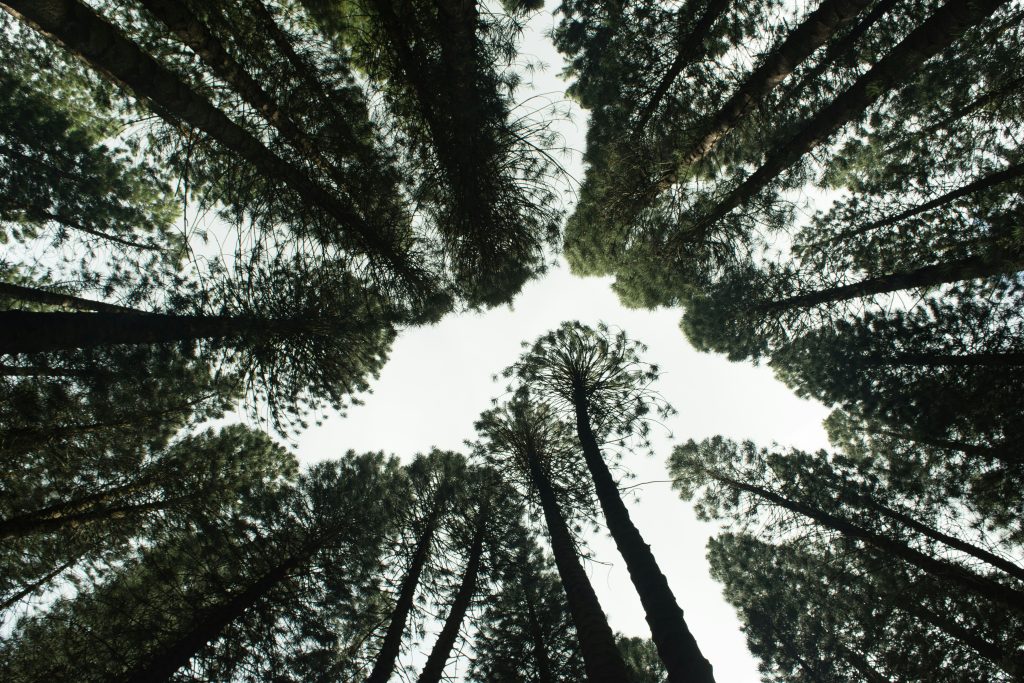
Government and NGO Involvement
The Kenyan government and various non-governmental organizations are actively working to combat environmental degradation. Initiatives such as the National Climate Change Action Plan aim to address climate change impacts through sustainable development practices. An NGO representative remarked, “We need to work hand in hand with communities to develop solutions that benefit both people and the planet.”
Government policies are evolving to prioritize environmental sustainability. The recent push for renewable energy sources, such as solar and wind, reflects a commitment to reducing the country’s carbon footprint. A government official stated, “Investing in clean energy is crucial for our future. It will help us mitigate the effects of climate change while creating jobs.”
Education and Awareness
Education is a critical component of conservation efforts. Many organizations are working to raise awareness about environmental issues and promote sustainable practices. A teacher in a rural school shared, “We teach our students the importance of taking care of our environment. They are the future, and they will carry this knowledge forward.”
Programs aimed at educating both children and adults about environmental stewardship are gaining traction. Workshops, community meetings, and school programs are being organized to promote sustainable practices. A local leader emphasized, “The more we know about our environment, the better we can protect it.”
International Collaboration
Kenya has also engaged in international partnerships to address environmental challenges. Collaborations with organizations such as the United Nations Environment Programme (UNEP) and various NGOs from around the world help facilitate knowledge exchange and funding for conservation projects. An environmental policy expert stated, “Working together globally allows us to share best practices and resources to tackle these pressing issues.”
Local Stories of Resilience and Hope
Examples of Change
Across Kenya, inspiring stories of resilience and commitment to environmental protection are emerging. A farmer in the Central Highlands who adopted sustainable farming practices shared, “I have learned to diversify my crops and use organic methods. Now, my yields are better, and I am less dependent on chemical fertilizers.” This shift not only benefits the farmer but also contributes to healthier soil and ecosystems.
In the coastal region, a group of women has started a mangrove restoration project, recognizing the vital role mangroves play in coastal ecosystems. One of the participants shared, “We are planting mangroves to protect our shores from erosion and to provide habitat for fish. It’s our way of giving back to the land.” This grassroots effort demonstrates the power of community action in conservation.
Empowering Women in Conservation
Women play a crucial role in conservation efforts in Kenya. Many women’s groups are leading initiatives focused on sustainable practices, such as beekeeping and tree planting. A member of a women’s group in Maasai Mara stated, “When we come together, we can make a difference. Our work helps protect our land and provides for our families.” This empowerment is vital for fostering sustainable development.
Women are increasingly recognized as key players in environmental conservation. Their involvement in decision-making processes and leadership roles is essential for effective conservation strategies. A local government official noted, “Empowering women in conservation leads to more sustainable outcomes for communities.”
Youth Involvement
The youth of Kenya are also becoming increasingly involved in environmental conservation. Programs that engage young people in tree planting, waste management, and wildlife protection are gaining popularity. A young activist expressed, “We cannot wait for the older generation to solve these problems. It is our turn to take action.” This enthusiasm and commitment from the youth offer hope for a sustainable future.
Youth-led initiatives, such as environmental clubs in schools, are fostering a culture of sustainability among the next generation. A student leader shared, “We organize clean-up campaigns and tree planting events. It feels good to contribute to our environment.” These activities not only educate young people but also instill a sense of responsibility toward their surroundings.

Conclusion
Kenya’s environmental issues—ranging from climate change and pollution to the need for conservation efforts—are critical challenges that require immediate attention. However, amidst these challenges, local communities, organizations, and individuals are taking strides toward creating solutions.
As we reflect on these pressing issues, let us remember the words of a local elder: “The land is our mother; if we do not care for her, she cannot care for us.” By fostering a sense of stewardship and responsibility, we can work together to protect Kenya’s natural heritage for future generations.
Through education, community-led initiatives, and sustainable practices, there is hope for a more resilient and thriving environment. As we navigate the complexities of climate change, pollution, and conservation, the stories of resilience and commitment from the Kenyan people remind us that change is possible and that together, we can create a sustainable future for all.










